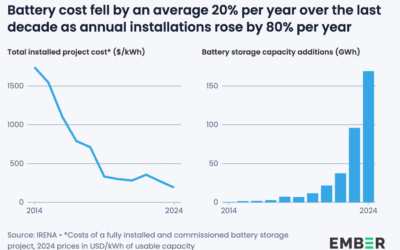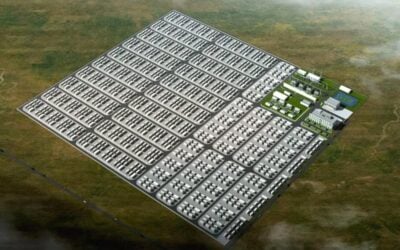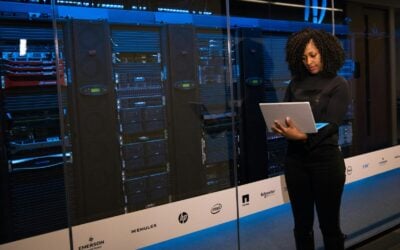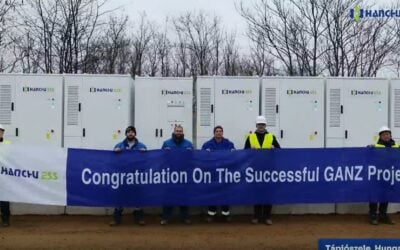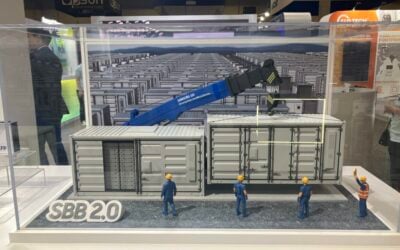

System integrator HyperStrong has announced the signing of a Strategic Cooperation Agreement with CATL, the world’s largest lithium-ion battery OEM.
The cooperation period will run from January 1, 2026, to December 31, 2035, spanning ten years, according to an announcement yesterday (12 November).
From January 1, 2026, to December 31, 2028, HyperStrong will procure a cumulative power capacity of no less than 200GWh, and CATL will ensure supply in line with the company’s demand.
The agreement sets a rigid target of cumulative power procurement of no less than 200GWh from 2026 to 2028, while also outlining multi-dimensional collaborations such as an energy storage fund, an integrated platform, and supply chain coordination. This marks a deep integration between the “system leader” and the “cell giant” of the energy storage industry chain.
Try Premium for just $1
- Full premium access for the first month at only $1
- Converts to an annual rate after 30 days unless cancelled
- Cancel anytime during the trial period
Premium Benefits
- Expert industry analysis and interviews
- Digital access to PV Tech Power journal
- Exclusive event discounts
Or get the full Premium subscription right away
Or continue reading this article for free
According to the agreement, during the cooperation period, HyperStrong will procure a full range of battery cell and system products from CATL, while CATL will provide priority supply guarantees and competitive pricing, effectively mitigating key pain points in the battery energy storage system (BESS) industry, such as “supply volatility and high costs”.
Deal to be updated annually
What is even more noteworthy is the innovative target management model. Both parties must dynamically update their three-year cooperation targets at the end of each year and sign a memorandum.
The first-phase procurement volume of 200GWh accounts for nearly 30% of the current global annual demand for energy storage cells. That capacity could go towards 2,000 BESS projects of 100MWh each.
This not only demonstrates HyperStrong’s ambitious production capacity plan to climb to the top of the industry, but also enables CATL to secure a stable core customer.
Beyond core product procurement, the two parties plan to jointly establish an industrial fund for energy storage projects, focusing on the development and investment of energy storage projects across the new energy power generation, grid and user segments.
They aim to create an integrated management platform that integrates development, investment, operation, and maintenance to enhance the full-lifecycle efficiency of energy storage projects. The two parties will also cooperate in the procurement of AC-side system product components, realising optimal resource allocation through supply chain synergy.
HyperStrong’s rapid expansion
HyperStrong has made significant breakthroughs in recent in the EMEA (Europe, Middle East, Africa) energy storage market, securing new energy storage projects in five countries: Greece, Estonia, Lithuania, Côte d’Ivoire, and Zimbabwe.
According to disclosures on its official WeChat account, these projects include the signing of a cooperative agreement with a Greek client for a 45MWh grid-side (front-of-the-meter) standalone energy storage power station.
Grid-side energy storage projects with capacities of 7MWh, 20MWh, and 5MWh have been successively commissioned in Estonia and Lithuania, with HyperStrong supplying the energy storage system equipment. HyperStrong is also advancing user-side energy storage project cooperation in Zimbabwe, with 15 HyperCube C&I energy storage systems already deployed in the first phase.
In Côte d’Ivoire, HyperStrong has deployed energy storage projects for three factories, all utilising the HyperBlock III 5MWh system. To address local pain points such as unstable utility power supply and frequent power outages, HyperStrong has built a grid-forming microgrid system that incorporates PV, energy storage, diesel generators and the utility power. This system enables seamless on/off-grid switching for the factories.
To date, HyperStrong has participated in more than 300 energy storage projects globally, with a cumulative deployed capacity exceeding 40GWh.

